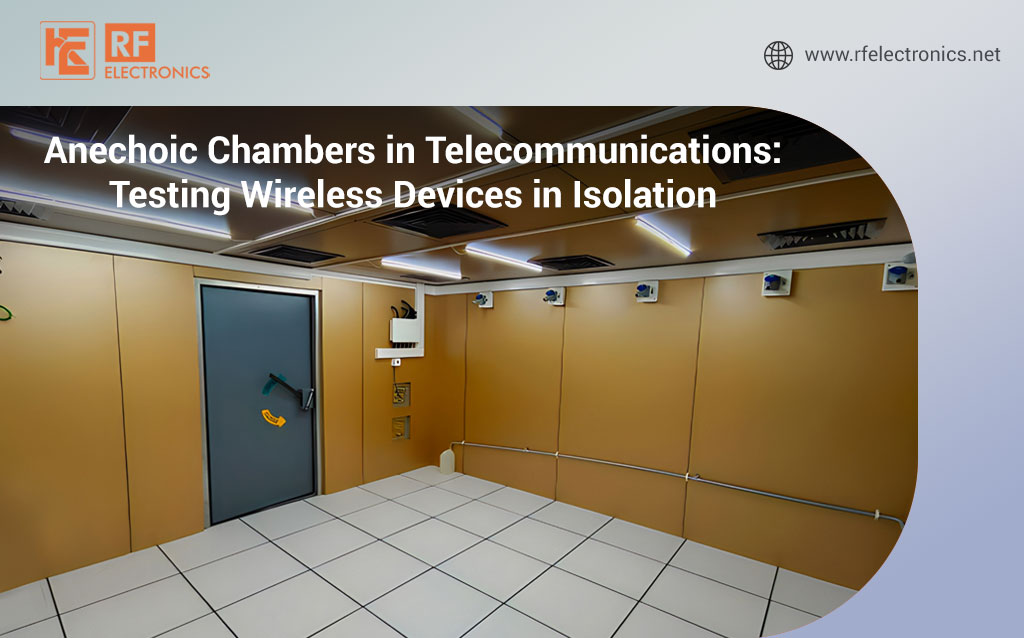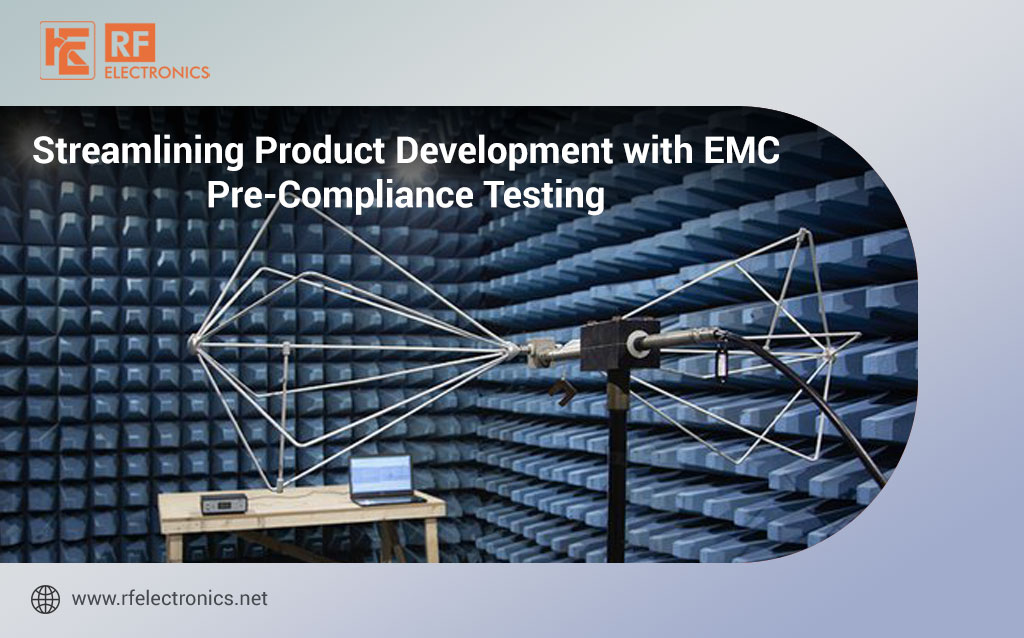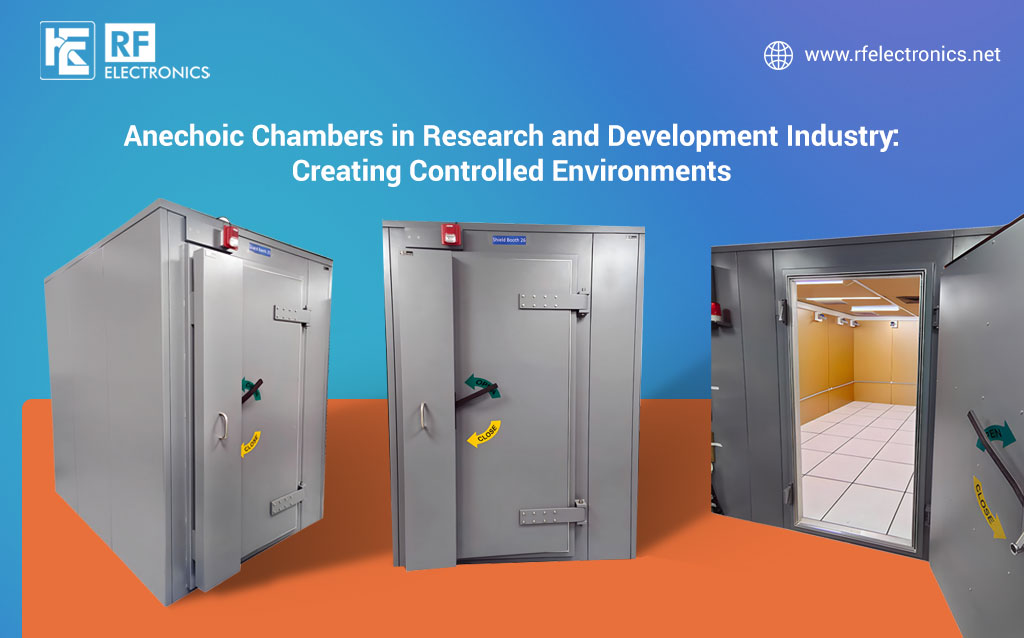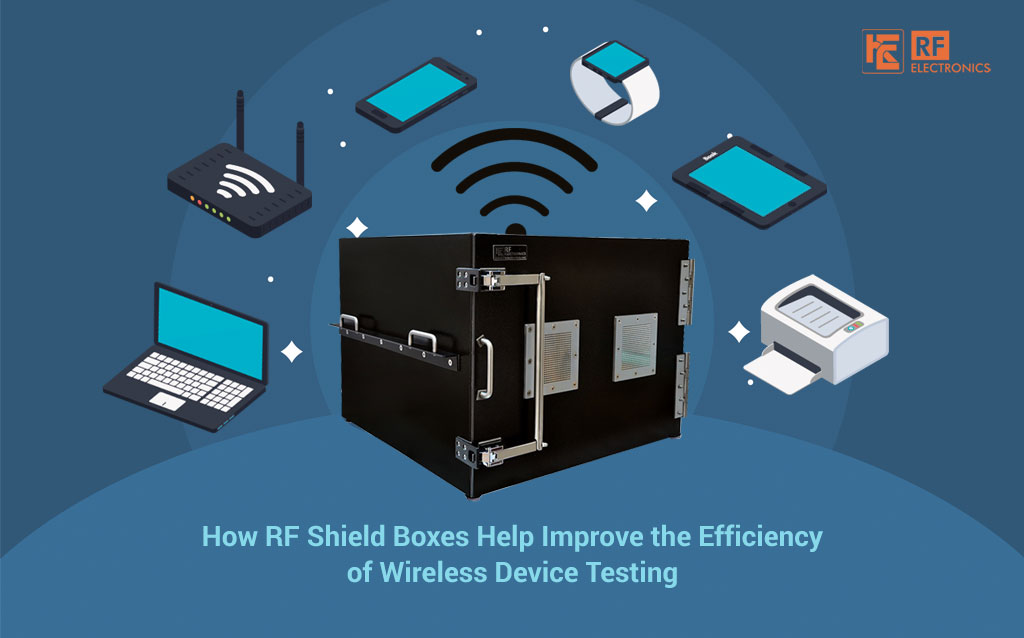In the fast-paced world of telecommunications, where wireless devices have become an integral part of our daily lives, the importance of rigorous testing cannot be overstated. As wireless technology rapidly evolves, ensuring the reliability and performance of these devices is crucial. This is where anechoic chambers come into play.
Importance of Testing Wireless Devices in Telecommunications
The significance of testing wireless devices in the telecommunications industry cannot be emphasized enough. As consumers, we rely on many wireless devices, from smartphones and IoT devices to antennas and more. The quality and reliability of these devices directly impact our everyday lives. Ensuring their proper functioning is vital for seamless communication and data transfer.
Anechoic Chambers - The Controlled Testing Environments
Anechoic chambers are specialized, shielded rooms designed to create controlled testing environments where electromagnetic waves are absorbed, and radio frequency (RF) interference is minimized. This controlled isolation is necessary to assess the true performance of wireless devices without external interference. These chambers are used extensively in telecommunications to conduct a wide range of tests on wireless devices.
Importance of Testing Wireless Devices in Telecommunications
The importance of testing wireless devices in telecommunications cannot be overstated. With the ever-increasing demand for faster data speeds, greater connectivity, and more reliable wireless communications, thorough testing is essential. Anechoic chambers provide a controlled environment where wireless devices can be tested under various conditions to ensure their performance meets industry standards and user expectations.
The Role of Anechoic Chambers in Creating Controlled Testing Environments
Anechoic chambers play a pivotal role in telecommunications testing by creating controlled testing environments. These chambers are designed to absorb electromagnetic waves, preventing external interference and ensuring that the signals generated during testing are accurately measured. This controlled environment allows engineers and researchers to conduct precise and repeatable tests on wireless devices.
Key Features and Characteristics of Anechoic Chambers
Reliable Testing: Anechoic chambers provide a controlled environment for testing, ensuring the results accurately represent the device's performance without external interference.
Anechoic chambers are characterized by several key features that make them ideal for telecommunications testing:
Absorptive Materials: The walls, floor, and ceiling of anechoic chambers are lined with specialized absorptive materials designed to minimize electromagnetic reflections. This helps create a true anechoic (echo-free) environment.
RF Shielding: Anechoic chambers are equipped with RF shielding(RF isolation) to prevent external radio frequency signals from entering the chamber, ensuring that the test environment remains isolated.
Precision Measurement Equipment: These chambers are equipped with precision measurement equipment such as antennas, receivers, and signal generators to facilitate accurate testing.
The Rapid Growth of Wireless Technology
The exponential growth of wireless technology over the past few decades has led to an increased demand for anechoic chambers. As wireless devices continue to advance and become more complex, there is a greater need for reliable testing environments that can replicate real-world scenarios, ensuring the functionality and safety of these devices.
Design of an Anechoic Chamber
The design of an anechoic chamber is a critical aspect of its functionality. Absorptive materials, as mentioned earlier, are essential for minimizing reflections. These materials are carefully selected based on their frequency absorption characteristics, ensuring they are effective across a wide range of frequencies relevant to wireless devices. RF shielding, such as conductive walls, is also employed to prevent external RF signals from penetrating the chamber.
Types of Wireless Devices Tested in Anechoic Chambers
A wide variety of wireless devices are tested in anechoic chambers, including:
Smartphones: Testing smartphones for their RF performance, antenna design, and electromagnetic compatibility (EMC) is crucial to ensure seamless connectivity and minimal interference.
Antennas: Antennas are rigorously tested in anechoic chambers to optimize their radiation patterns and efficiency.
IoT Devices: IoT devices, which are often small and power-constrained, are tested to ensure their wireless communication capabilities meet the requirements of IoT applications.
Advantages of Using Anechoic Chambers
The advantages of using anechoic chambers in telecommunications testing are numerous:
Regulatory Compliance: Many regulatory bodies require wireless devices to undergo testing in anechoic chambers to ensure compliance with safety and performance standards.
Quality Assurance: Manufacturers can use anechoic chambers to evaluate the quality of their products, leading to improved designs and enhanced user experiences.
Research and Development: Researchers can use anechoic chambers to innovate and develop new wireless technologies, pushing the boundaries of what's possible.
Cost Savings: By conducting thorough testing in controlled conditions, manufacturers can detect and resolve problems before mass production, saving time and resources.
Conclusion
In the ever-evolving landscape of telecommunications, anechoic chambers have emerged as indispensable tools for wireless devices testing. At RF Electronics, we are dedicated to staying at the forefront of these developments, providing you with the latest insights and knowledge to navigate this dynamic field. RF Electronics is a leading authority in the field of electronics and telecommunications, and your best guide in the world of wireless communications. Contact us now!






Comments
Add CommentNo Comments Available